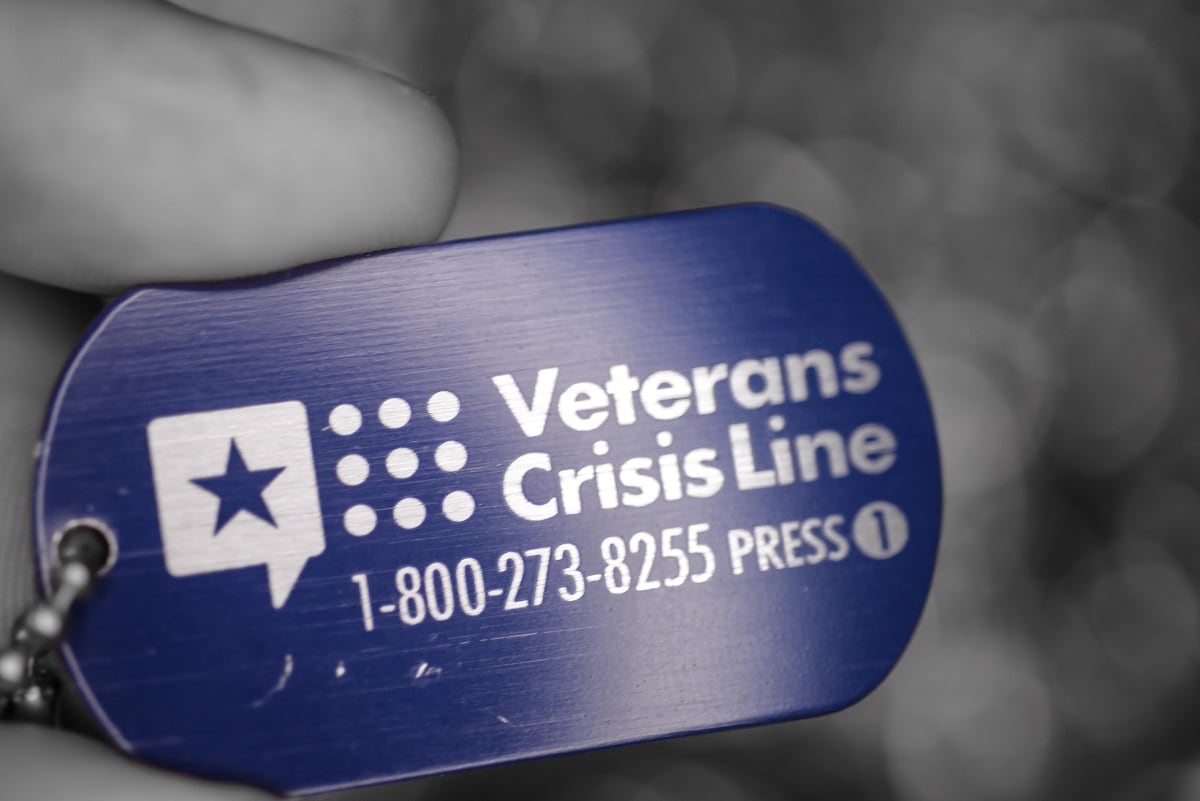Contrary to public assumptions, increased combat operations do not lead to more military suicides and may actually result in fewer troops engaging in self-harm, according to a new analysis of historic Defense Department data released Friday.
Study authors say their findings provide both a reminder that the motivations behind suicide aren’t singular, simple factors, and an alert to other researchers that more data on the problem is available than they may know about.
The study tracks Army suicide data from the 1840s to today. Dr. Christopher Frueh, a professor of psychology at the University of Hawaii and one of the study’s authors, said researchers spent the last four years combing through Army medical records to find the information.
“Before we started, we didn’t know if the data would be there,” he said.
What they found was a trove of reports, including from the Army Surgeon General as far back as 1843 that included accounting of “self-inflicted” deaths in the ranks. By the early 1900s, those suicides were clearly delineated in official service figures, allowing researchers to analyze the death totals across different eras of military operations.
The results show an increase in suicide rates among soldiers during the Vietnam War and the recent wars in Iraq and Afghanistan, but decreases during the U.S. Civil War, Spanish-American War, World War I, World War II and the Korean War.
During the height of World War II, for example, suicide rates in the Army were up to three times lower the rate in the 1930s, during a period of peacetime. Suicide rates rose slowly from the end of that war to the start of the Korean War, then dropped significantly again as those combat operations increased.
“Historical data suggests that combat and increased rates of suicide do not appear to be associated, but may be affected by a host of other factors,” the study states.
More recent research has shown that the suicide rate among individuals who served during the Iraq and Afghanistan wars is not higher for troops or veterans who saw combat than for those who did not.
Still, Frueh said that perception persists, and hurts efforts to discover the real causes behind military suicides.
“Our data shows it is not a problem resulting from combat,” he said. “How can we solve the problem is we don’t understand it?”
RELATED

Frueh said the researchers’ next effort will be to compare their expansive database of military suicide data with civilian rates, to see if the military trends match or deviate from what happened in broader American society over the years.
The report is available at the Journal of the American Medical Association web site.
Veterans experiencing a mental health emergency can contact the Veteran Crisis Line at 1-800-273-8255 and select option 1 for a VA staffer. Veterans, troops or their family members can also text 838255 or visit VeteransCrisisLine.net for assistance.
Leo covers Congress, Veterans Affairs and the White House for Military Times. He has covered Washington, D.C. since 2004, focusing on military personnel and veterans policies. His work has earned numerous honors, including a 2009 Polk award, a 2010 National Headliner Award, the IAVA Leadership in Journalism award and the VFW News Media award.





